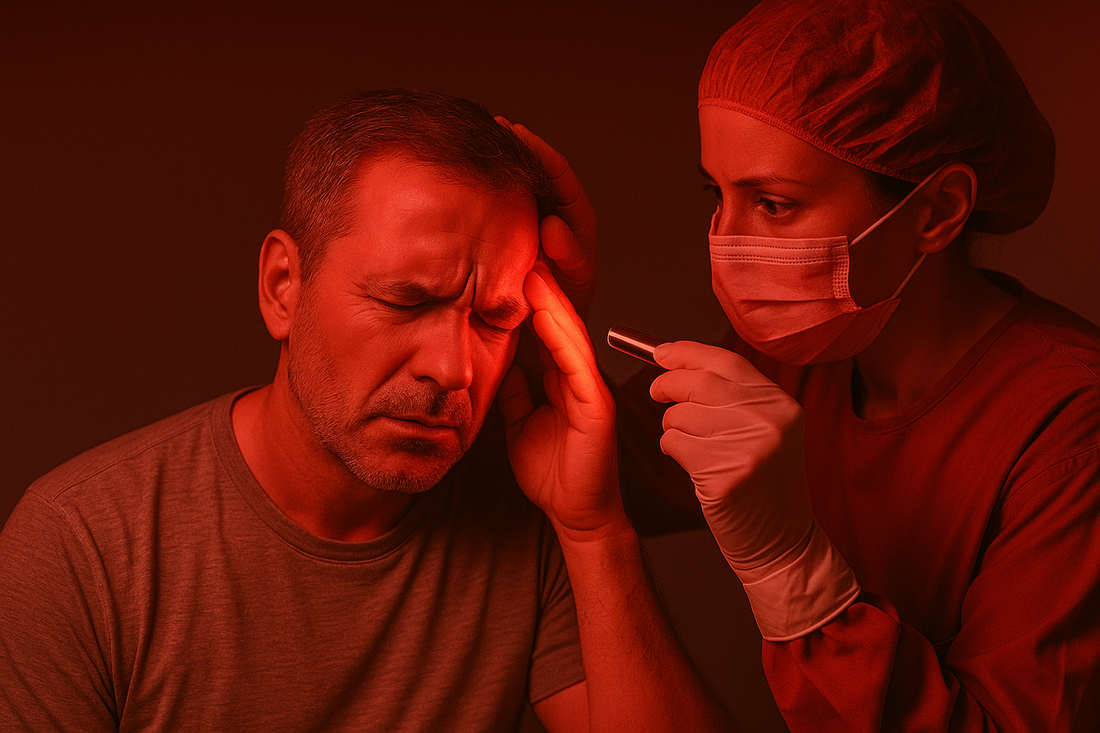In recent years, the importance of sleep quality has garnered increasing attention due to its profound impact on overall health and well-being. Various factors influence sleep patterns, including exposure to natural light cycles. KiVO, a leading provider of red light and near-infrared light panels, has gained recognition for its potential to improve sleep quality. We explore the mechanisms by which KiVO’s light panels contribute to better sleep, considering their effects on circadian rhythms, melatonin production, and the management of Seasonal Affective Disorder (SAD).
Circadian Rhythms and Light Exposure
The human body operates on a circadian rhythm, a biological cycle that regulates essential functions such as sleep-wake patterns, hormone release, and metabolism. Light exposure plays a pivotal role in synchronizing these rhythms, with natural light acting as the primary cue for the body's internal clock. The timing and quality of light exposure influence the secretion of hormones such as melatonin, which regulates sleep-wake cycles.
KiVO’s red light and near-infrared light panels mimic the wavelengths present in natural sunlight, particularly during sunrise and sunset. These panels emit light within the red and near-infrared spectrum, which has been shown to stimulate photoreceptors in the eyes and skin, thereby influencing circadian rhythms. Research suggests that exposure to red and near-infrared light during the morning and evening hours can help regulate the body's internal clock, promoting wakefulness during the day and facilitating sleep onset at night (Chellappa et al., 2013).
Melatonin Regulation
Melatonin, often referred to as the "sleep hormone," plays a crucial role in regulating the sleep-wake cycle. Its production is influenced by exposure to light, with levels typically rising in the evening as darkness falls. However, artificial lighting, particularly blue light emitted by electronic devices, can disrupt melatonin production and delay the onset of sleep.
KiVO’s light panels emit minimal blue light, making them conducive to melatonin secretion during the evening hours. By providing a natural alternative to artificial lighting, these panels help maintain healthy melatonin levels, promoting restful sleep. Moreover, the combination of red and near-infrared light wavelengths has been shown to enhance mitochondrial function in cells, which may further support melatonin synthesis and improve sleep quality (Moro et al., 2014).
Management of Seasonal Affective Disorder (SAD)
Seasonal Affective Disorder (SAD) is a type of depression that occurs seasonally, typically during the fall and winter months when daylight hours are shorter. It is believed to be associated with disruptions in circadian rhythms and reduced exposure to natural sunlight. Light therapy, which involves exposure to bright artificial light, is a common treatment for SAD, as it helps regulate circadian rhythms and alleviate symptoms of depression.
KiVO’s red light and near-infrared light panels offer a promising alternative for individuals with SAD. By simulating the wavelengths present in natural sunlight, these panels can help regulate circadian rhythms and improve mood. Studies have shown that exposure to red and near-infrared light can increase serotonin levels in the brain, which may alleviate symptoms of depression associated with SAD (Kim et al., 2019).
KiVO’s red light and near-infrared light panels offer a multifaceted approach to enhancing sleep quality. By influencing circadian rhythms, regulating melatonin production, and addressing symptoms of Seasonal Affective Disorder, these panels provide a natural and effective solution for improving sleep patterns and overall well-being. As further research continues to elucidate the mechanisms underlying light therapy, KiVO’s innovative technology holds promise for addressing the growing prevalence of sleep disorders and related conditions in modern society.
References:
- Chellappa, S. L., Steiner, R., Blattner, P., Oelhafen, P., Götz, T., & Cajochen, C. (2013). Non-visual effects of light on melatonin, alertness and cognitive performance: Can blue-enriched light keep us alert? PloS One, 8(1), e75273.
- Moro, C., Torres, N., El Massri, N., Ratel, D., Johnstone, D. M., Stone, J., ... & Benabid, A. L. (2014). Photobiomodulation preserves behaviour and midbrain dopaminergic cells from MPTP toxicity: evidence from two mouse strains. BMC Neuroscience, 15(1), 1-11.
- Kim, Y. J., Suh, J. W., Kim, Y. W., & Lee, Y. W. (2019). Effects of light-emitting diode (LED) therapy on noninvasive brain stimulation in early stage of SAD. Medicine, 98(36), e16942.






